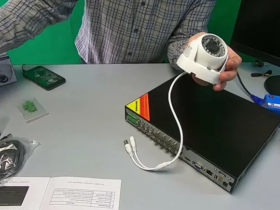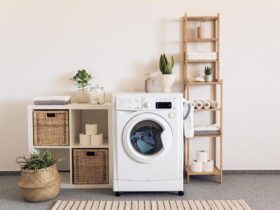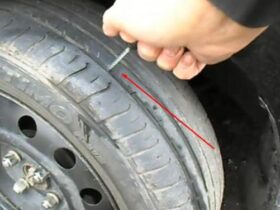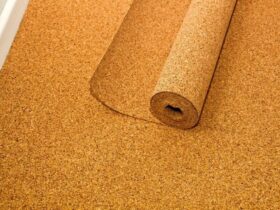New materials for construction or decoration are constantly appearing on the construction market. However, some materials are so high -quality and reliable that they have been used for a very long time, without replacing the improved elements. These include liquid rubber with a long service life and other most important positive parameters.
The main features of liquid rubber
This material is intended for waterproofing of completely different surfaces, and with its help reliable and high -quality coatings are obtained, perfectly protecting surfaces from moisture exposure. It is formed from bitumen mixed with the optimal amount of water. Additionally, latex is used that improves the main parameters of the final material.
Using the mixture, you can get a waterproofing coating in which there are completely no seams or joints, so the impossibility of moisture penetration to different surfaces is guaranteed. The coating will be stable in front of different temperatures and high humidity.
Liquid rubber is used for different types of surfaces, and it is allowed to use it even in pools. This is due to the fact that it withstands strong mechanical influences.
The main advantages of liquid rubber
The material has many positive parameters to which:
excellent adhesion with various surfaces;
If an incorrect technology is used to create a waterproofing layer or any errors were made, as a result of which cracks or irregularities appear on the coating, then they can be fixed quickly and easily;
You can apply liquid rubber in various ways, so you can choose a method that will be convenient and understandable for a particular person;
The resulting coating is resistant to numerous negative factors, which include atmospheric precipitation, blows and other actions;
The material is environmentally friendly, therefore it is universal, since it can be used for various surfaces.
But the material is not devoid of shortcomings. If it is supposed to be applied with mechanical methods, you will have to use different types of tools with high cost. For independent work, such expenses are considered inappropriate.
The main types of liquid rubber
This material can be represented by several varieties:
one -component rubber, represented by a liquid solution of non -stitches, and it can have a variety of shades, and it can be used as intended immediately after the acquisition;
Two -component material, consisting of several elements at once, and the main part is the hardener.
Liquid rubber is also divided depending on which method is used to apply it. Therefore, it can be sprayed, and for its use a spray is used, as well as painting, for which the material is applied with different rollers and brushes. Another type is bulk rubber, which is formed immediately before use, and it also has an affordable cost.
How to make sprayed waterproofing using liquid rubber?
If it is supposed to form the sprayed waterproofing outside the building, it is important to perform all work only in warm weather, and any precipitation is not allowed. The whole process is divided into the following stages:
A surface that needs waterproofing is prepared. For this, it is completely cleaned of different pollution and past coatings. The presence of any fat spots or deposits is not allowed. Usually used water to wash the base. Before performing subsequent work, it is necessary to thoroughly dry the surface.
Prime is carried out, involving the application of the first layer of waterproofing to the surface. It is important to pay a lot of attention to its creation, since the subsequent parameters of waterproofing depend on its quality. At the expense of priming, even the slightest pollution is eliminated, and adhesion of the base with subsequent layers is also improved.
The waterproofing layer itself is created, for which liquid rubber is sprayed to the base. At the same time, it is important to ensure that the coating is uniform. It is necessary to work in such a way that the material is perpendicular to the basis. A distance of 40 cm is observed between the surface and the tool. It is best to apply the material in equal stripes, the width of which is approximately one meter. Transitions are created by cross -shaped. Usually two or three layers are organized at once. Reinforcing geotextiles are laid between the individual layers, which can be replaced by fiberglass.
Thus, liquid rubber is considered an excellent solution for creating a high -quality waterproofing layer on different surfaces. It is considered reliable and easy to use. The most optimal solution is to apply it with a spray.













Оставить коммент.